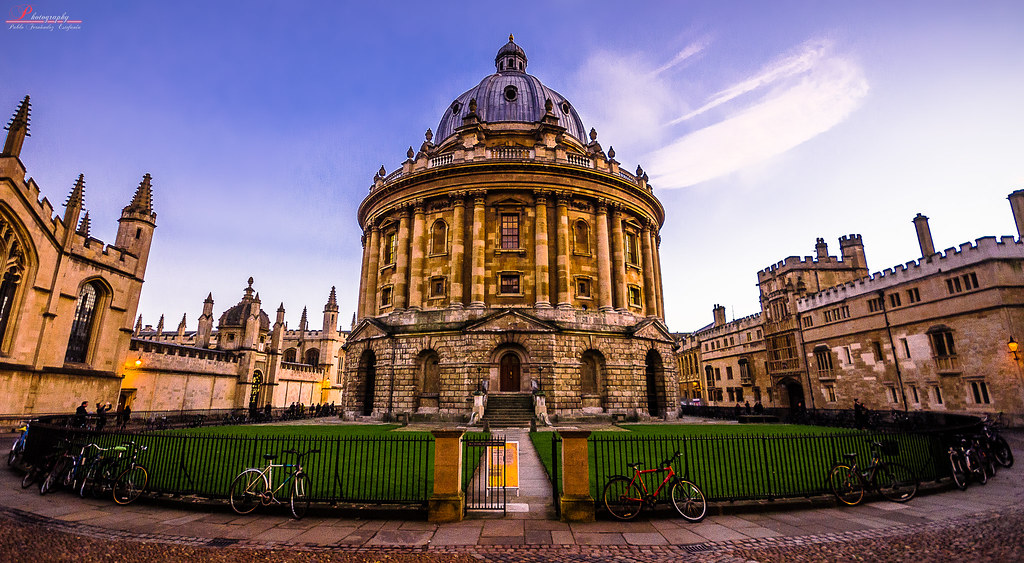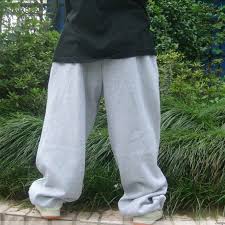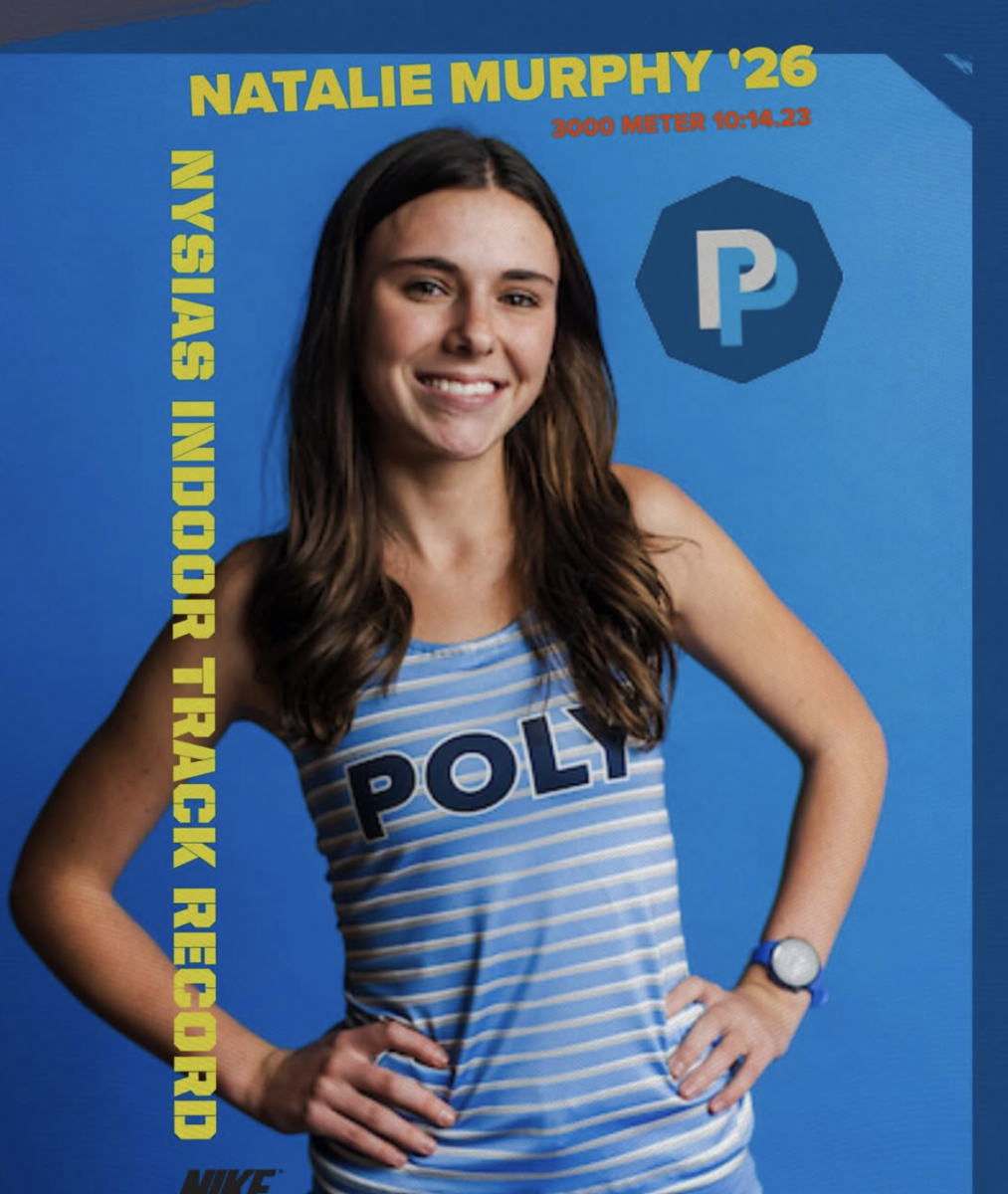Stonewall Veteran Martin Boyce Speaks at Poly
More News
An image from San Francisco Pride 2015 declaring, “Stonewall was a riot.”
On Thursday April 11, members of the Poly community gathered in room 114 to hear Martin Boyce, a self named ‘veteran’ of the Stonewall riots, tell his story. Boyce was just 19 when the first stone was thrown and has witnessed the world change since then. Now, as an adult, he tells his story to anyone who will listen. This year marks the 50th year since the riots which are seen by many as the first major protest on behalf of LGBT rights in history, an anniversary that asks us to look back at the fight for equality as well as into the progress we are making in our community.
During the first half of the 20th century, safe spaces for members of the LGBT community hardly existed, and those that did were subject to attacks by the police. Raids on bars were frequent and people were sent to jail for as little as wearing less than three pieces of “male” clothing. Stonewall bar was one of the only safe spaces throughout late 1960s and despite disputes with police and between patrons, it became a hub for the LGBT community. Boyce fondly recalled that Stonewall was not a nice bar (hepatitis could be caught from unwashed glasses, fights broke out constantly) but that it was still a safe space for many people to congregate and have a good time. In a time when New York was defined by what turf belonged to who, Stonewall was the only turf the LGBT community had.
However, one night in late June of 1969, the police came to take their sliver of turf. Bar raids were not uncommon at the time and Boyce had already been in one or two before this but this time was different. Stonewall was all the LGBT community had and the police were trying to take it from them simply because they could. Boyce explained how it wasn’t unusual for those outside of bars being raided to watch so the cops thought nothing of it when patrons who had been denied entrance formed a semicircle around them. Of course, patrons were angry and sad that their one place was being taken from them but, the spark that started the fire was when a cop knocked a drag queen out and threw her into their truck for complaining about something as arbitrary the handcuffs punching her wrists.
No one is quite sure who threw the first brick (Boyce likes to say it was Judy Garland who threw the first anything because her funeral had been held a few days before and was widely attended by the LGBT community), but before long, people were throwing just about anything they could get their hands on. With just a few officers against nearly 1000 fighters, all they could do was barricade themselves in the bar and wait for reinforcements. Boyce’s smile widened as he reached the climax of his story. People had thought it was over until the Tactical Police Force arrived. According to Boyce, he along with many other people formed a huge Rockette Can-can line in response kicking police in tactical to the ground with high heeled shoes. The riots surged for seven days leaving the city in shock in their wake.
The next year on the anniversary of the event, the first pride parade in LA, Chicago, San Francisco, and New York. Boyce, of course, participated in the New York march, recalling that as they began the parade at Washington Square Park it was a single file line but, as the march went on, more and more people jumped over the police barriers and joined. So many people joined in fact, that when they got to Central Park, they had to wait in line to get in.
This year also marks the 49th anniversary of the New York Pride Parade. Due to this momentous occasion, New York will also be hosting World Pride this year. That single file in Washington Square Park at the first parade has grown so large that it will circle the world this summer. For more information about New York’s many Pride parades, marches, and festivals including 2019 dates and how to attend, click here.




























